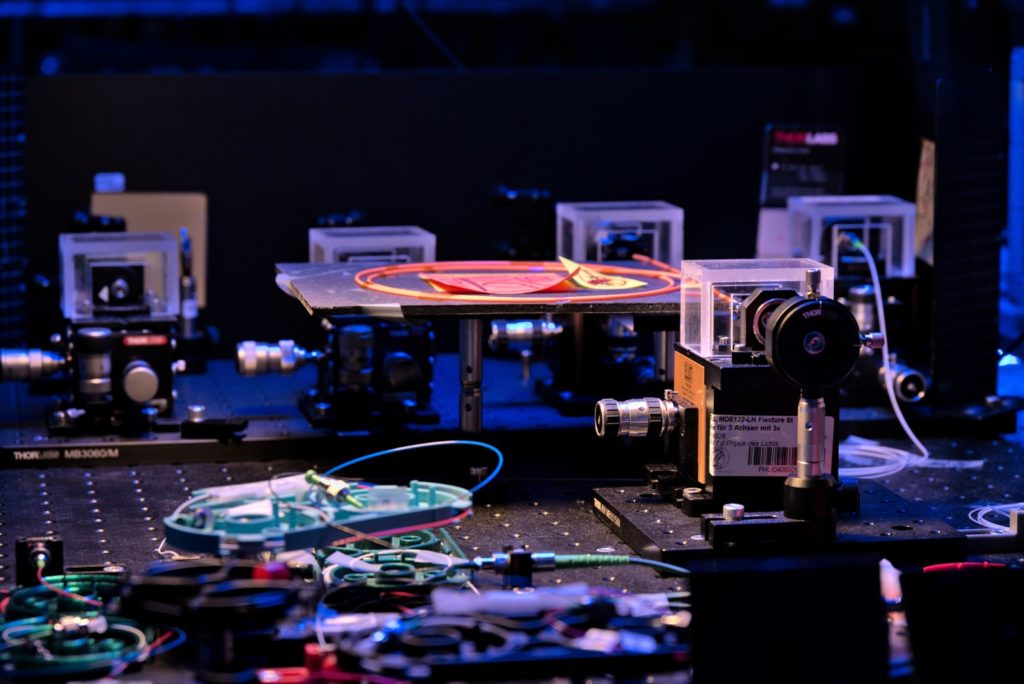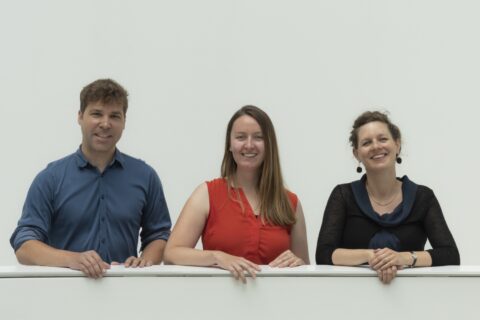Tracking down data pirates in quantum channels using localized sound waves
Our modern information society is highly dependent on secure communication channels. The idea of encryption is to hide the original message by applying complex mathematical routines on it, which are almost impossible to revert unless the underlying key is known. Quantum key distribution (QKD) offers an alternative concept relying on the laws of quantum mechanics. QKD systems are even able to detect an eavesdropper trying to gain information about your encryption. However, they provide no information about the eavesdropper’s point of attack along the data lines which typically range multiple kilometers.
Eavesdroppers can get access to the data streams in optical fibers by extracting tiny amounts of light from the fiber. As the footprint of this piracy attack is very low, it may not be detected by established inspection technology. Alexandra Popp from the Max Planck Institute for the Science of Light (MPL) and from Friedrich-Alexander-Universität (FAU) Erlangen-Nürnberg has created a novel approach to track down the exact position of unwanted listeners in optical fibers. As she describes in her publication “Eavesdropper localization for quantum and classical channels via nonlinear scattering”, Alexandra uses sound waves to localize the position of the light-extraction attack.
With a technique called Brillouin optical correlation domain analysis, she is able to pin down the position of data pirates with a precision of a few centimeters. Thanks to an optoacoustic interaction between sound waves and light rays combined with a strong Brillouin nonlinearity, tiny changes in the light intensity can lead to high detection signals. “This perfectly handles the low footprint of the piracy attacks. It is also key for quantum communication networks which work with very minute amounts of light.”, as Alexandra explains. With that, the scientists outperform fiber inspection technology currently established on the market.
Harvesting not only information about the strength of the optoacoustic interaction but also the resonance frequency, even hardly distinguishable standard fibers from different manufacturers can be identified by their unique footprint. This exceptional finding paves the way for tailored high security network applications in the future.
Alexandra worked on this project during her PhD in two research groups – the Stiller Research Group at MPL as well as the Marquardt Chair of Optical Quantum Technologies at FAU. The original publication can be found in Optica Quantum.

